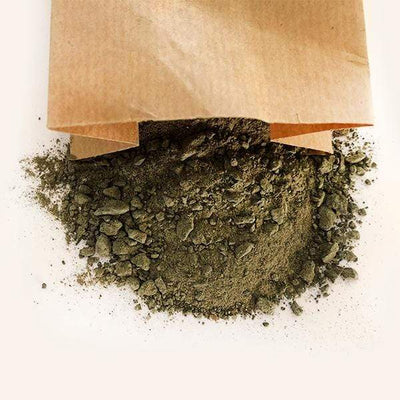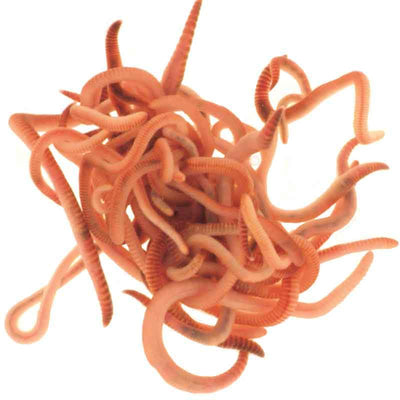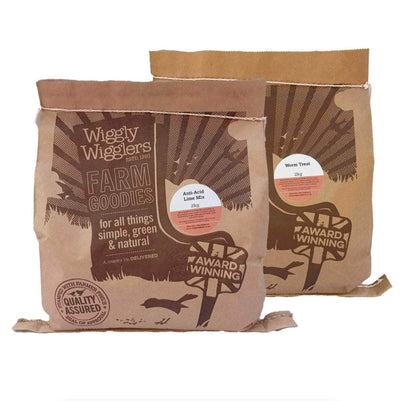The Bokashi process is a sustainable and innovative method of recycling food waste into a valuable soil enhancer. Originating from Japan, (and extremely popular there, Sweden and Germany) this method uses a unique fermentation process to break down organic matter. It’s a swift and odourless method that differs significantly from traditional composting.
The Core of Bokashi.
The Bokashi process hinges on a diverse community of microorganisms, including microbes, yeasts, fungi, and bacteria. Each plays a specific role:
1. Microbes: These are tiny organisms, often too small to be seen with the naked eye. In Bokashi, they initiate the breakdown of organic waste.
2. Yeasts: Yeasts are a type of fungi that contribute to the fermentation process. They help in breaking down sugars.
3. Fungi: Other fungi in the mix further decompose complex organic compounds in the waste, helping the fermentation process.
4. Bacteria: These include lactic acid bacteria that create an acidic environment, preventing putrefaction and eliminating foul smells typically associated with decomposition.
Bokashi Bran.
Bokashi Bran is the accelerator of the Bokashi process. It’s made by mixing Effective Microorganisms with molasses and wheat bran.
Bokashi Bran is the accelerator of the Bokashi process. It’s made by mixing Effective Microorganisms with molasses and wheat bran.
- Effective Microorganisms (EM1): This is a blend of beneficial microorganisms, primarily lactic acid bacteria, yeasts, and phototrophic bacteria. They are the primary agents of fermentation in the Bokashi process.
- Molasses: This acts as a food source for the microorganisms. The sugars in molasses energise the microbes, helping them multiply and speed up the fermentation process.
- Wheat Bran: This serves as a carrier to mix with food waste. Its absorbent nature also helps to maintain the appropriate moisture level required for effective fermentation. (In Japan they often use rice husks as an alternative.)
From Kitchen Scraps to Nutrient-Rich Soil
In the Bokashi process, food waste is layered with Bokashi Bran in a sealed container. The microorganisms in the bran rapidly ferment the waste, transforming it into a pre-compost state within two weeks. This fermented waste, when added to soil, undergoes further decomposition.
In the Bokashi process, food waste is layered with Bokashi Bran in a sealed container. The microorganisms in the bran rapidly ferment the waste, transforming it into a pre-compost state within two weeks. This fermented waste, when added to soil, undergoes further decomposition.
Boosting Soil Health with Fermented Waste
Once in the soil, the Bokashi-fermented waste enhances soil health in several ways:
- Improves Soil Microbial Activity: The introduction of beneficial microorganisms enhances the overall microbial diversity and activity in the soil.
- Enhances Soil Fertility: The fermented waste is rich in nutrients, which are readily available for plant uptake, leading to healthier plant growth.
- Boosts Soil Structure: The addition of Bokashi compost improves soil texture, moisture retention, and aeration. This is especially valuable as we all deal with the effects of climate change whether that’s more flooding or more droughts!
The Bokashi process is more than just a waste management technique; it’s a link between everyday waste and soil vitality. By understanding and adopting this process, we are contributing to a healthier eco-system and we are taking a step closer to sustainable living.
For more information about Bokashi Composting wiggle on over to https://www.wigglywigglers.co.uk/collections/bokashi-composting
#compost #composting #bokashi #kitchencomposting #foodcomposting #greenliving #ecolife #wigglywigglers #foodwaste #fertiliser






